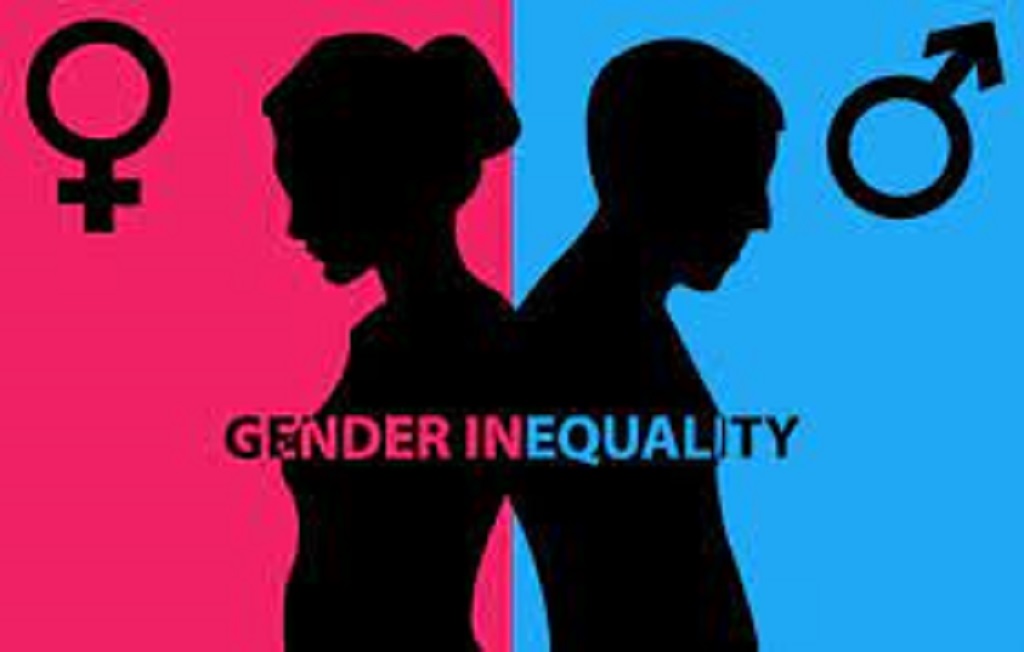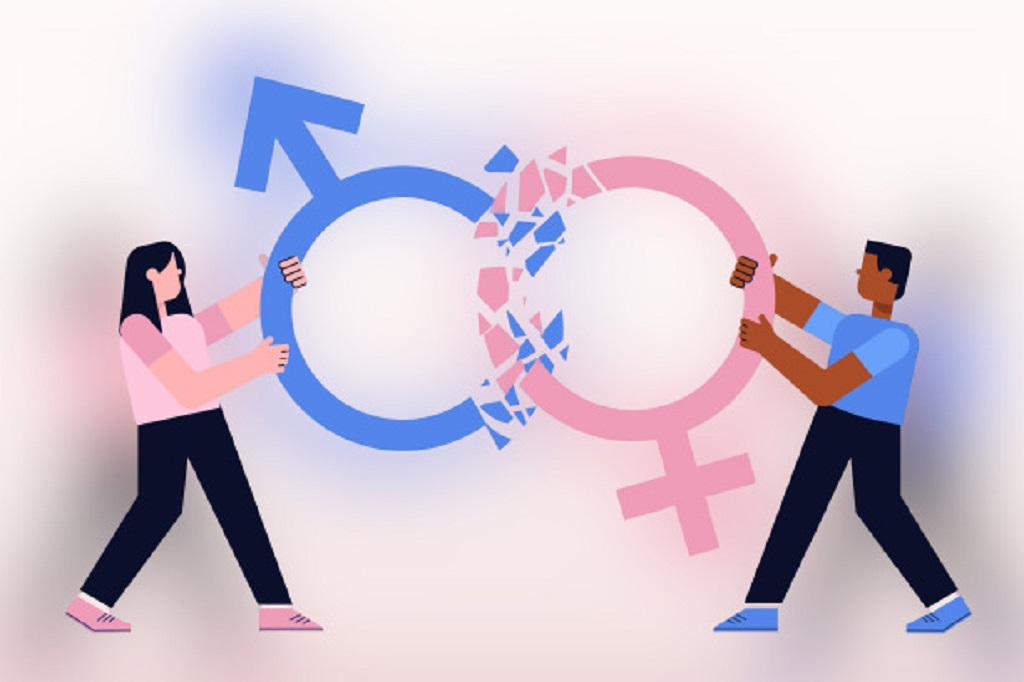Gender inequality is a pressing and significant issue that has plagued societies across the globe for centuries. It manifests in various forms, affecting the lives of individuals and shaping the dynamics of communities and economies. In this article, we will explore several examples of gender inequality that persist in different areas of life, shedding light on the need for continuous efforts to create a more equitable and just world. This article is presented to you by Carolinejoyblog.com.
Understanding Gender Inequality
Certainly! Gender inequality refers to the unequal treatment and opportunities that individuals face based on their gender identity, with women and gender minorities often bearing the brunt of discrimination. This disparity manifests itself in various streams of income, social, economic, political, and cultural spheres, limiting access to education, healthcare, economic opportunities, and decision-making power. It is a pervasive issue that affects societies globally and requires concerted efforts to achieve gender equity and justice.
Gender Pay Gap: An Unsettling Reality
One of the most prevalent and well-documented examples of gender inequality is the gender pay gap. Women, on average, earn less than their male counterparts for the same work or even work of equal value. This gap is not solely due to differences in career choices or experience but can be attributed to deep-rooted societal norms and biases. Closing the gender pay gap remains an ongoing challenge, requiring policy changes, workplace reforms, and cultural shifts. Explore when women earn more than men.
Educational Disparities
Education is a fundamental right, but gender inequality often hinders equal access to education for all. In many regions, girls and women face barriers to education, including early marriage, cultural norms, lack of educational infrastructure, and gender-based violence. These disparities limit their potential and perpetuate a cycle of poverty and dependence. Empowering girls through education is crucial for promoting gender equality and achieving sustainable development.
Leadership and Political Representation
Another area where gender inequality is evident is leadership and political representation. Women are consistently underrepresented in decision-making positions, both in governments and corporate boards. This lack of representation denies societies the benefit of diverse perspectives and perpetuates systems that do not adequately address the needs and concerns of all citizens. Encouraging and supporting women’s participation in politics and leadership roles is essential for fostering inclusive and effective governance.
Gender-Based Violence
Gender-based violence, including domestic violence, sexual assault, and harassment, is a tragic reality for many individuals, especially women and gender minorities. These forms of violence stem from deep-seated gender norms and power imbalances. Eradicating gender-based violence requires not only strong legal frameworks but also comprehensive education and cultural shifts to challenge harmful attitudes and behaviors.
Gender Stereotypes in Media
Media plays a powerful role in shaping societal perceptions and attitudes. Unfortunately, gender stereotypes are prevalent in various forms of media, reinforcing harmful norms and perpetuating inequality. Portrayals of women as passive, emotional, or solely focused on their appearance can negatively impact self-esteem and limit opportunities for personal and professional growth. Promoting diverse and empowering representations in media is crucial for dismantling harmful stereotypes.
Unequal Healthcare Access
Access to quality healthcare is essential for overall well-being, but gender inequality often affects healthcare provision. Women and gender minorities may face barriers to accessing reproductive health services, including family planning, maternal care, and sexual health resources. These disparities can have severe consequences on their health and limit their agency over their bodies and lives. Ensuring equal access to healthcare for all is essential for achieving gender equality.
Work-Life Balance Challenges
Balancing work and family responsibilities is a challenge faced by many individuals, particularly women. Gender roles and societal expectations often place a disproportionate burden on women, leading to work-life conflicts and limited career advancement opportunities. Employers must adopt family-friendly policies, such as flexible work arrangements and parental leave, to support employees of all genders in achieving a healthy work-life balance.
Addressing Gender Inequality: A Collective Effort
Tackling gender inequality requires a multifaceted and collaborative approach. Governments, businesses, civil society, and individuals all play a role in creating a more equitable world. Policy changes, educational initiatives, and awareness campaigns are vital components of the journey towards gender equality. Additionally, it is essential to challenge and transform ingrained attitudes and behaviors that perpetuate inequality.
In conclusion, gender inequality persists in various aspects of life, affecting individuals’ opportunities, well-being, and potential. By understanding the different manifestations of gender inequality and taking concerted action, we can work towards building a more just and equal society for all. Together, we can dismantle barriers and create a world where everyone has the freedom to pursue their dreams and aspirations, regardless of their gender identity.







